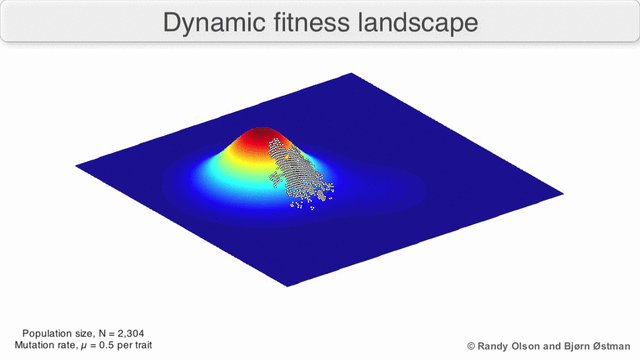— Eric Topol (@EricTopol) January 31, 2019
Relacionar com "The Art of Evidence-Based Medicine":
"No one would disagree that clinical decisions should be based on the highest quality, systematic evidence that is available. However, there is a critical misunderstanding of what information randomized trials provide us and how health care providers should respond to the important information that these trials contain."É uma versão da tendência para hospitais-cidade e escolas-cidade com base no eficientismo.
"Although, in theory, evidence-based medicine does not assume that when faced with two treatment options, patients should always receive the treatment that was more effective in randomized controlled trials, this tends to be what happens in practice. Treatments shown to be inferior, on average, in randomized controlled trials are assumed by many to be inferior for all patients — so much so that keeping a given patient, or a large population of patients, on the inferior treatment is viewed as a departure from evidence-based medicine.Os humanos são todos diferentes. Recordar 2014 e "Um antropologista entra num bar... (parte II)":
.
Consider, for example, an informed and experienced clinician who recommends to a minority of his or her patients a treatment that has been shown to be, on average, inferior to alternative treatments in randomized controlled trials. Does this reflect a failure to practice evidence-based medicine? Is this doctor simply unaware of the data or weighing their own anecdotal experience over that of systematic investigations into the treatment’s efficacy? Or is the doctor combining the new evidence with what he or she knows about the patient?"
“There is no perfect product, because there is no perfect patient” and “It’s a good product, but it’s not right for everyone.”
...
Stoma patients’ bodies are all so diferent that no single solution exists. The main challenge wasn’t the type of stoma a patient had—it was the type of body a patient had. That might seem an obvious point, but Coloplast’s innovation process had blinded management and R&D engineers alike to the possibility. Just as individuals can sufer from confrmation bias (a refexive seeking of only information that supports an existing position), so can entire organizations.
...
This was a major problem—and, incredibly, no one in the billion-dollar industry had addressed it. It immediately became clear that Coloplast needed to categorize body types and create products designed specifically for each one."





















































